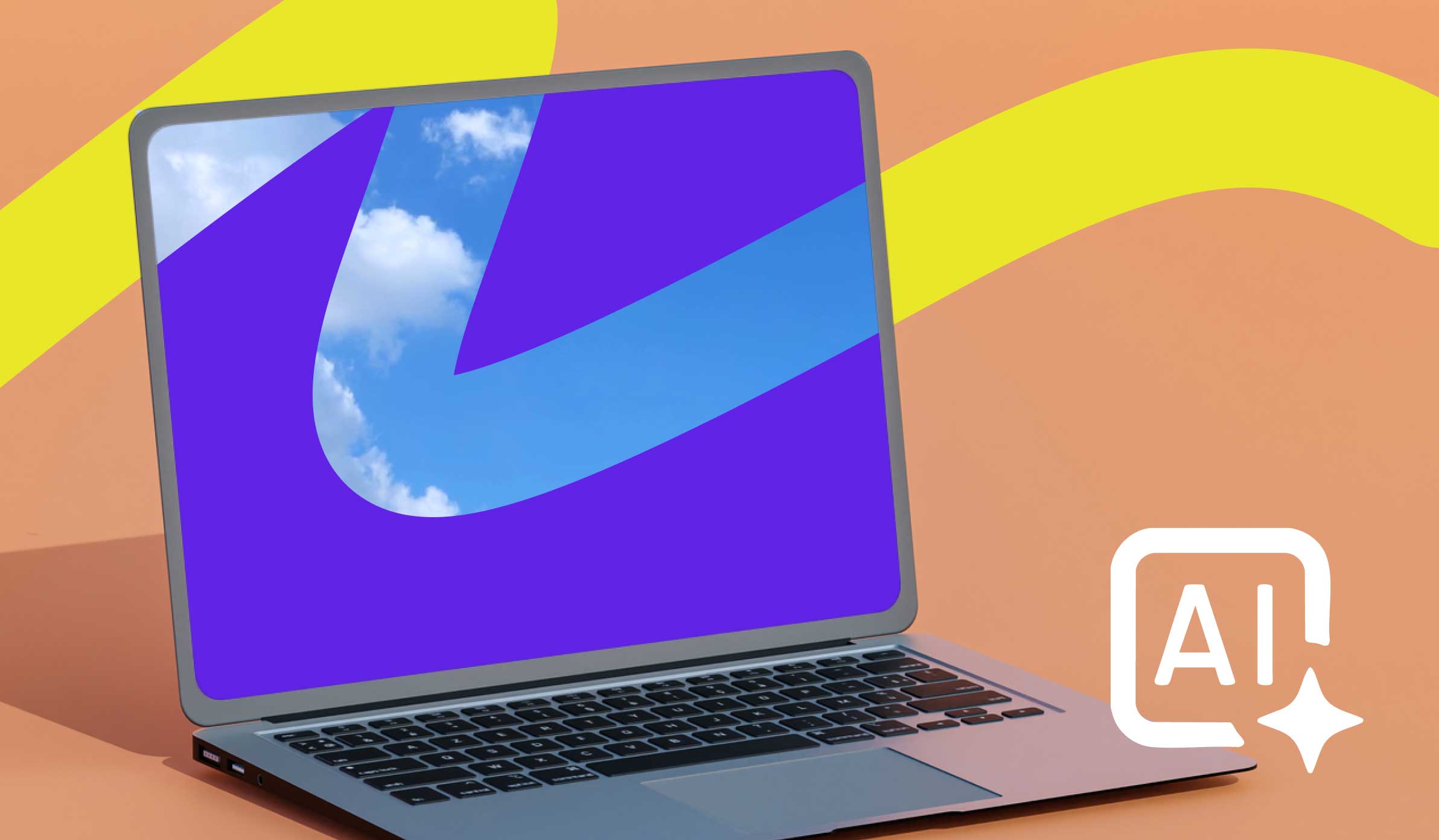L&D Best PracticesLearning CultureTechnical UpskillingAi Transformation
The 4-Stage Journey to GenAI Upskilling

As organizations race to embrace generative AI, many learning and development teams find themselves wondering how to begin upskilling their workforce on this transformative technology. Success in the age of AI requires more than just offering training programs, leaders must use these initiatives to fundamentally reshape how work gets done. In a recent webinar, Udemy leaders shared insights related to the top learning trends for 2025, including a four-stage roadmap for implementing an effective GenAI learning program.
As the Udemy team stressed, in order to best take advantage of the opportunities that GenAI presents, related upskilling initiatives must be broadened to include the entire organization, not limited to technical teams. Drawing from both Udemy’s internal GenAI learning program and guidance provided to Udemy Business customers crafting GenAI learning, here’s a practical approach to including AI in your company’s learning strategy – and why starting small can lead to big wins.
Stage 1: Build the foundation
The journey to becoming a GenAI-powered workplace begins with establishing a baseline understanding of generative AI across your organization. This includes familiarizing employees with approved AI tools and responsible usage guidelines.
This stage isn’t about creating AI experts immediately; it’s about developing a common language and fundamental knowledge that everyone can share. According to Stacy Treco, Director of Business Content Strategy at Udemy, this foundational stage should focus on four key components:
- Basic AI concepts and terminology
- Responsible AI usage guidelines
- Approved AI tools for immediate use and experimentation
- Common applications of GenAI tools
Stage 2: Include leadership
Leadership involvement is crucial for successful GenAI implementation. When leaders demonstrate commitment by developing their own AI expertise, program adoption strengthens significantly. Stacy recommends implementing this stage in parallel to the foundation stage to create top-down and bottom-up adoption.
In this second stage, L&D teams should ensure company leaders:
- Develop hands-on familiarity with AI tools
- Establish clear AI usage policies for their teams
- Understand ethical considerations and risk management
- Model AI adoption in their daily work
- Guide teams through ongoing technological transformations
Stage 3: Functional implementation
This stage bridges theory and practice, helping departments realize the productivity and innovation gains promised by GenAI. Each department has unique AI use cases, and functional leads should explicitly outline how to integrate AI into existing workflows.
For instance, an HR leader can encourage their teams to use AI for:
- Job description development
- Interview question generation
- Career development planning
- Performance review streamlining
And a marketing leader might share how their team can use AI for:
- Audience targeting
- Content creation
- SEO optimization
- Market research analysis
Stage 4: Technical team enhancement
While GenAI knowledge benefits everyone, technical teams require advanced training to maximize its potential. Web development, data science, and cybersecurity can boost their productivity with learning programs that train them to use AI for:
- Software development acceleration
- Large language model implementation
- Security risk management
- Data handling and processing
Best practices for implementation
For organizations beginning their GenAI upskilling journey, a four-stage program can seem intimidating. But it doesn’t have to be, says the Udemy team. To build and execute a successful GenAI learning program, Stacy offers these tips for organizations of all sizes at the onset of a GenAI upskilling endeavor.
- Start small — Begin with a single group of enthusiastic employees rather than attempting organization-wide transformation. Use their feedback and any measurable outcomes from the small group to refine the larger program.
- Use existing resources — Take advantage of pre-built learning paths and other resources provided by your learning partner. Many platforms offer ready-to-use content that can be customized later as your needs evolve.
- Save time by using AI in your AI training — Use AI tools to customize your training programs. For example, on Udemy Business, L&D teams can use AI functionality to generate skill trees specific to certain teams, which can then be used to create customized learning paths tailored to the skills needs of the team.
- Prioritize practice — Building knowledge requires practice. Help your employees grow their GenAI expertise by offering practice opportunities for them to learn from peers or explore AI tools to gain hands-on experience.
The Udemy team expects that leaders might see multiple AI-driven transformations in their organizations over the coming years. The key to navigating this near-constant change lies in building adaptable frameworks like those outlined here that evolve with the technology while maintaining focus on practical business applications.
Transforming teams with a GenAI toolkit
Ready to implement AI in your workplace? By following this four-stage approach and starting small, organizations can build sustainable AI adoption programs that scale with their needs. The goal isn’t overnight transformation, but rather to create a foundation for continuous AI learning and developing the adaptability skills essential in an AI-enhanced workplace.
For more insights on Udemy’s approach to GenAI upskilling, download our free guide, A Team Toolkit for Learning Essential Generative AI Skills. Created by our learning team, this resource offers a sample GenAI learning program and tips for driving strong learning outcomes. Watch the full webinar on-demand to learn more about building a skills-based organization with AI.
